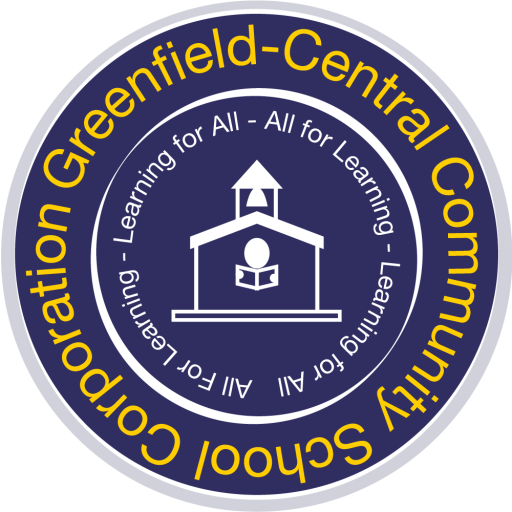Science, technology, engineering and math, or STEM, is valued in the GC schools.
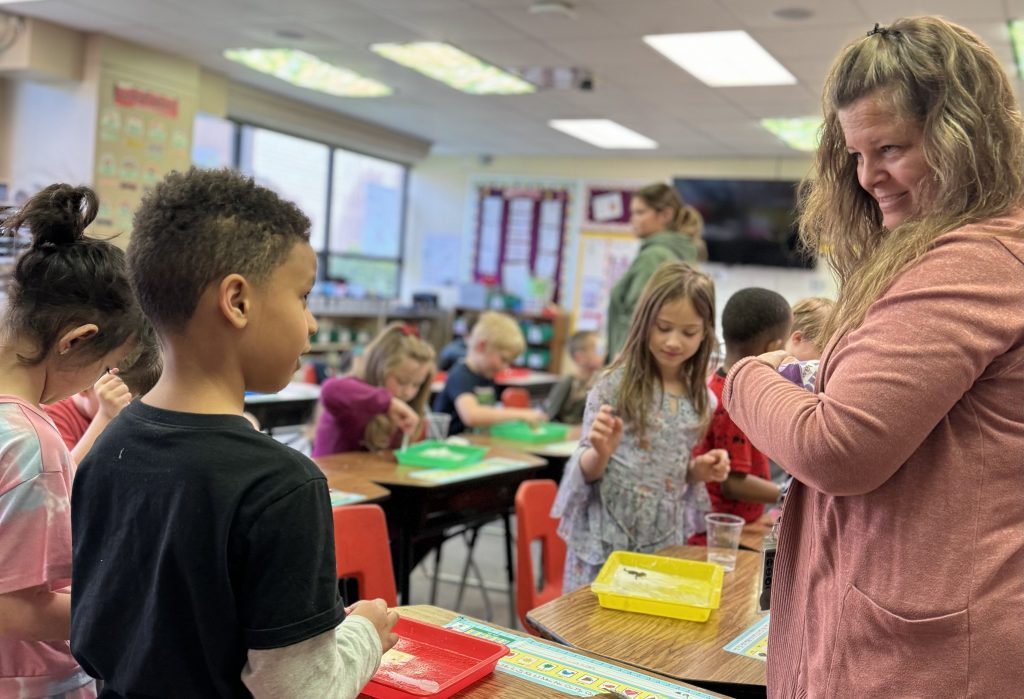
Greenfield-Central’s youngest learners are getting hands-on science experiences, building on a longstanding tradition of innovative teaching in the community.
All four G-C elementary schools recently opened STEM labs, and the two intermediate schools have redesigned their science classrooms to showcase robotics, coding and more to prepare young learners for an ever-changing world.
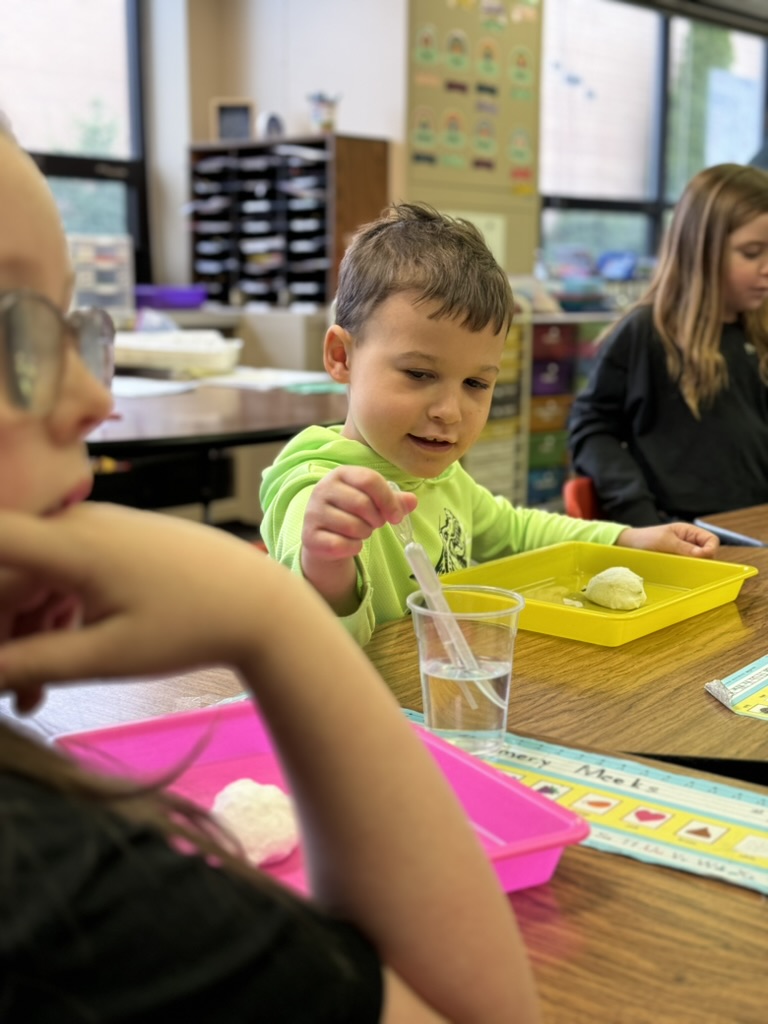
While the high school level has celebrated STEM learning for years, Superintendent Dr. Harold Olin says it’s exciting to see G-C’s youngest learners take part in new opportunities.
At Weston Elementary School, for example, young learners were eager to discover what type of toy creature would “hatch” at their science stations.
It was one of many science experiments in Jennifer Bohannon’s classroom this year. Every Friday they explore a new concept, from rainbows to race cars; insects to engineering a house even the Big Bad Wolf can’t blow down.
On April 5, they watched wide-eyed at fizzing eggs to see what would emerge: a toy crocodile, or a toy alligator. They knew which one based on the shape of their snout, among other identifying factors they explored all week.
Bohannon said the shout of glee when they see science in action is what makes it all worthwhile.
“It’s really rewarding and makes me want to come back with better lessons next Friday,” she said.
Bohannon is one of two Weston Elementary teachers that are certified by the Indiana Department of Education to teach STEM. Emily Hodge has also taught STEM to first graders this year, including gumdrop trees, paper airplanes and boats to carry pennies. Principal Meg Welch said she’s proud of their dedication to high-quality STEM instruction.
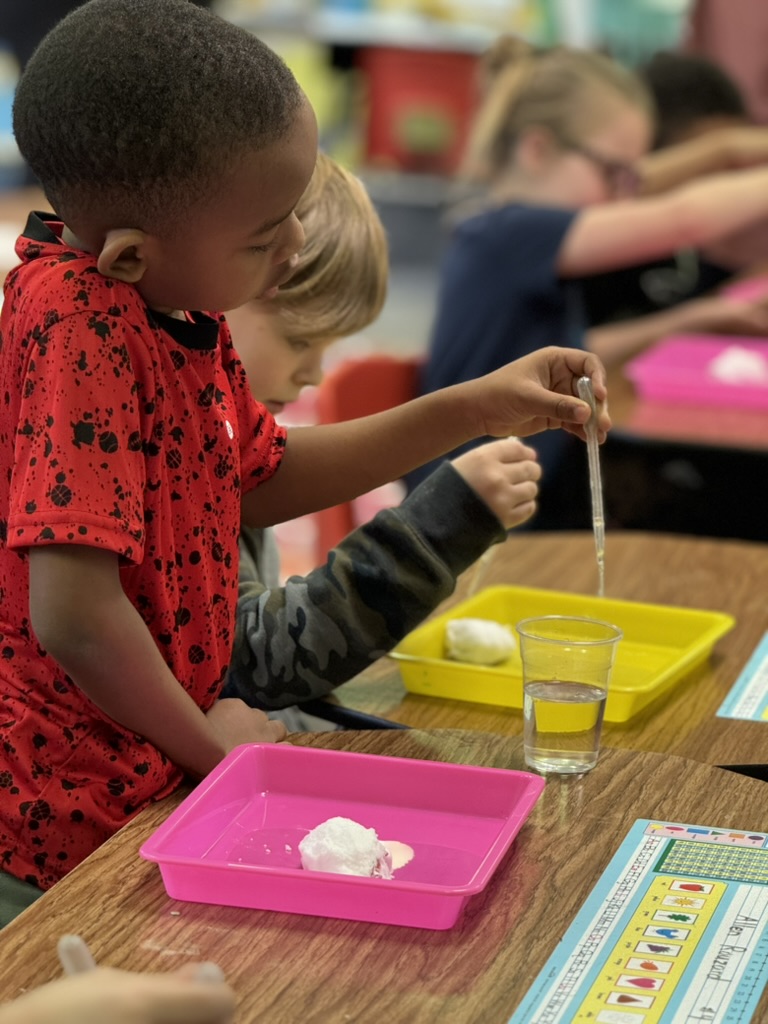
Greenfield-Central schools has a long tradition of student success in STEM at the high school level, but in recent years even elementary students are learning about science and technology.
Historically, G-C was one of the first school corporations in the state to fully adopt the Project Lead the Way curriculum for high school students. The engineering and biomedical program was introduced more than 20 years ago. Then in 2008, the corporation brought the program to the junior high level, building a better foundation for what was happening at the high school.
The school corporation most recently enhanced STEM teaching at the elementary level, expanding opportunities for students in kindergarten through sixth grades.
At Maxwell and Greenfield Intermediate Schools, a STEM class was added to the rotation of related arts instruction about three years ago.
“We had such a good response that we recently added another STEM teacher in the intermediate school staffing model, so students now have the course at both schools throughout the school year,” Dr. Olin said.
Then last year, G-C took the latest step to create STEM rooms in all four of the elementary schools. A state grant got the ball rolling, and G-C added local funds to fully equip STEM rooms.
Weston’s STEM classroom, for example, is filled with dry-erase tables and swivel chairs for hands-on learning, robots, coding bumblebees, and a plethora of supplies like glue, straws, tape, rubber bands and more that teachers can use for creative projects. Welch encourages teachers to use book-themed lessons, and matching boxes of materials for exploring science and engineering.
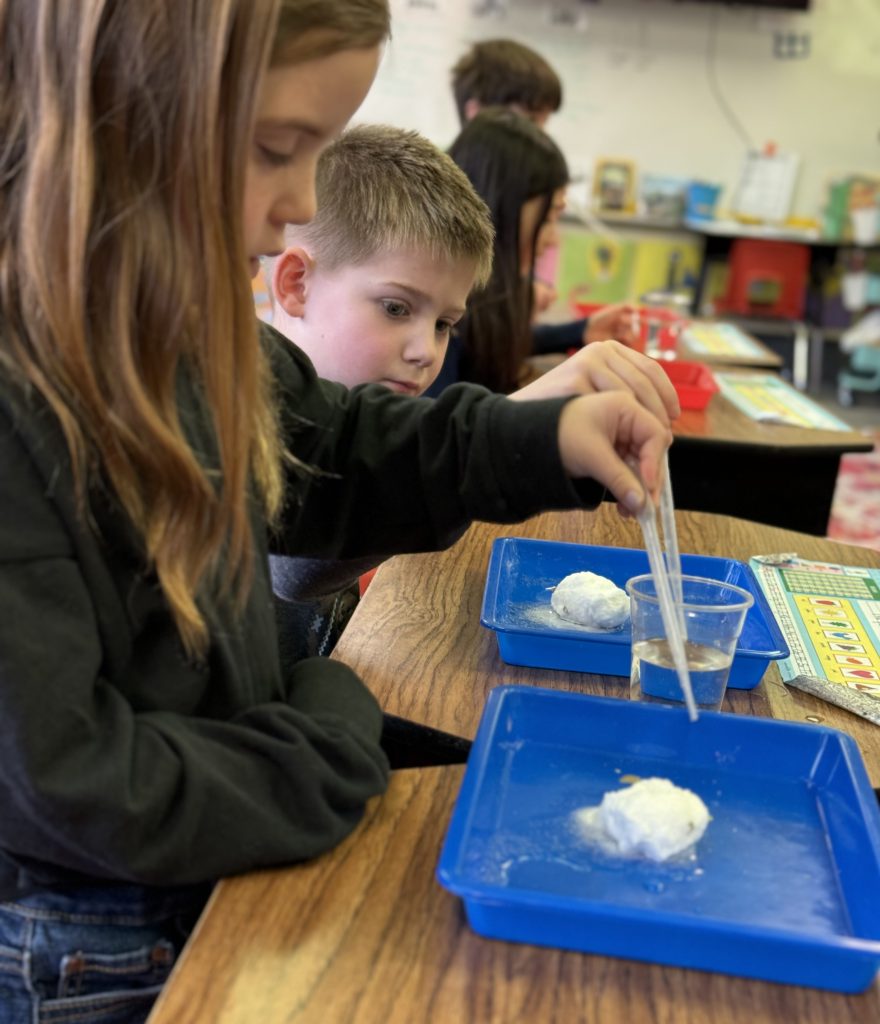
J.B. Stephens, Harris and Eden elementary schools also have STEM labs and similar lessons. Eden third graders were recently challenged to build an animal cage that would hold the most weight after reading “The One and Only Ivan,” said Principal Joe Bowman. Coming up this spring, students will even create a Monarch butterfly waystation.
“We have no idea what types of jobs these students will have in the future due to the ever-changing world we are in,” Bowman said. “STEM provides opportunities to think critically and use technology appropriately to learn. STEM provides opportunities for students to work together to accomplish a goal, realize you may fail and that’s okay; while also engaging them in current standards.”
Recently at Maxwell Intermediate School, teacher Jennifer Stewart eagerly pulls out her phone and finds her favorite video of a student whose face lights up the moment his handmade flashlight lights up.
It’s a video she delights in, seeing his face and knowing there were several failed attempts. She coached him to keep going, and the result was the “ah-ha moment” every teacher treasures.
“The excitement – it’s amazing. I love it,” she said. “I keep the video for days when I need it.”

Stewart is the STEM teacher at Maxwell Intermediate School, one of Greenfield-Central’s two schools for students in fourth through sixth grade.
In 2023, the G-C corporation transformed two small science labs into one large STEM room, perfect for collaborative working, exciting projects and big ideas. Kinetic energy roller coasters line the walls, robots are charging and inspirational posters emphasize working together.
Principal Lisa Leileart says learning science and technology today is different than it was a generation ago– students are doing, building, talking collaboratively.
“The students are more in the driver’s seat, guiding the learning,” she said. “This is a critical age range to really help them solidify their love for learning. If they start to check out by sixth grade, she explained, they’ll struggle in junior high and beyond.”
If students can find a love for STEM at an early age, they will continue to grow in the future.
And STEM might be just the thing for some students who aren’t as successful at reading or learning from books.
“In this classroom, it’s ok to fail,” she said. “We learn from it.”
Working together is at the core of every project. The technology they’re learning today may be completely outdated by the time the students get into the workforce. But if they learn to think critically and work with their teammates, they’ll be set for whatever new developments come their way.
And the “power of yet” is the answer to every “I can’t do it” response:
“You can’t yet,” Stewart says. “Just keep trying.”
Stewart, also a state STEM-certified teacher, says she wanted to be an astronaut when she was a kid. She’s excited to attend a space camp for teachers this summer in Alabama, and plans to bring back ideas for out-of-this-world lessons next year.
Stewart is sure her ideas will find a place to flourish at Maxwell, where she says the principal and other G-C teachers support STEM learning.
“It’s a really encouraging environment, to let people be their best selves,” she said.
By: Maribeth Vaughn
